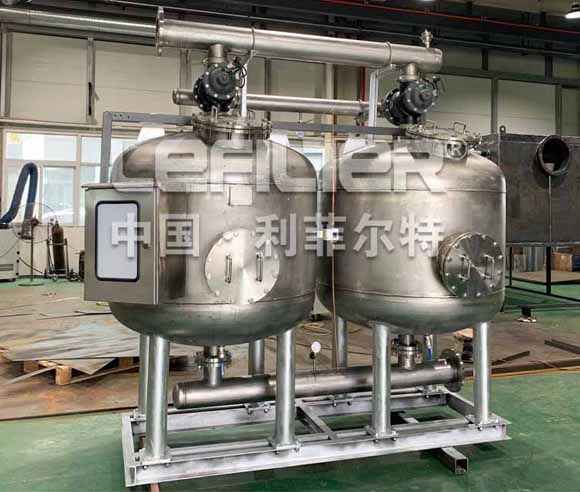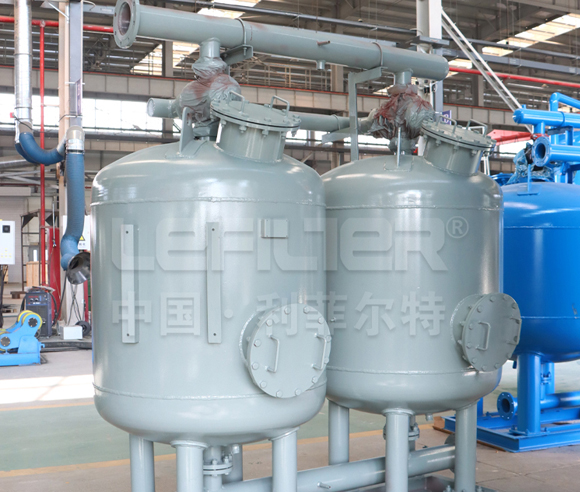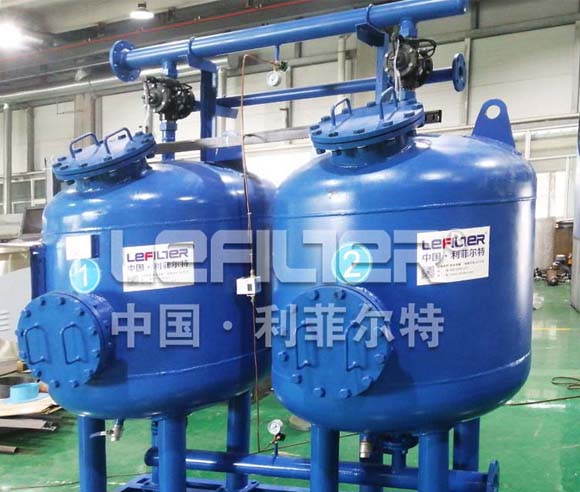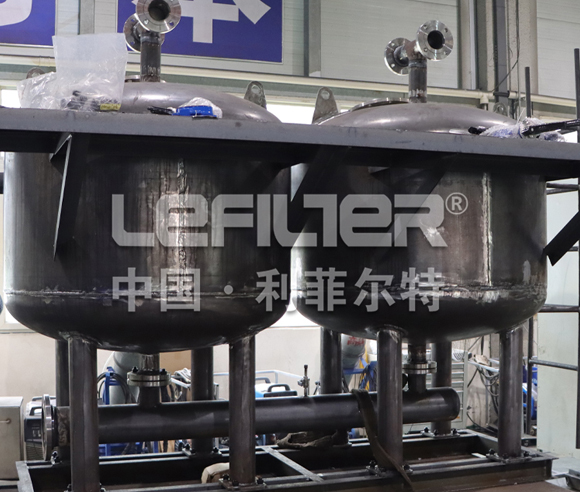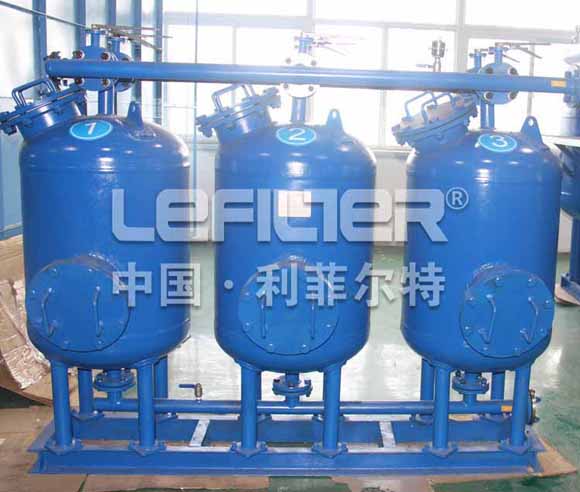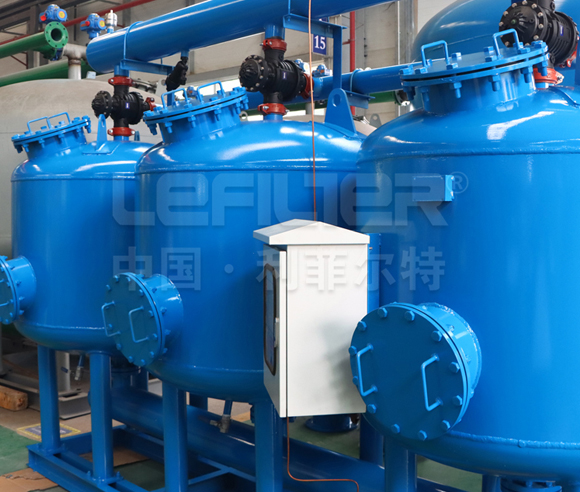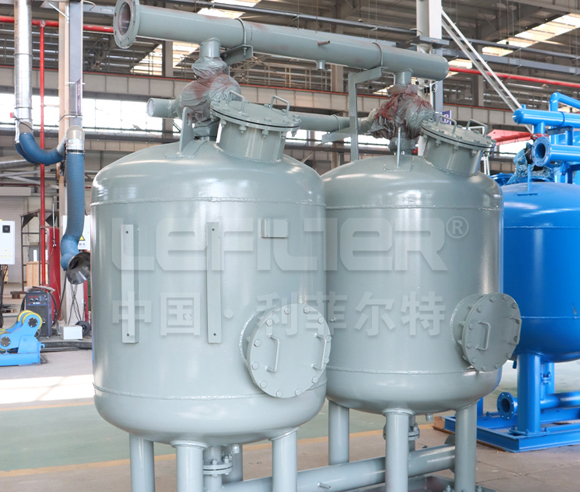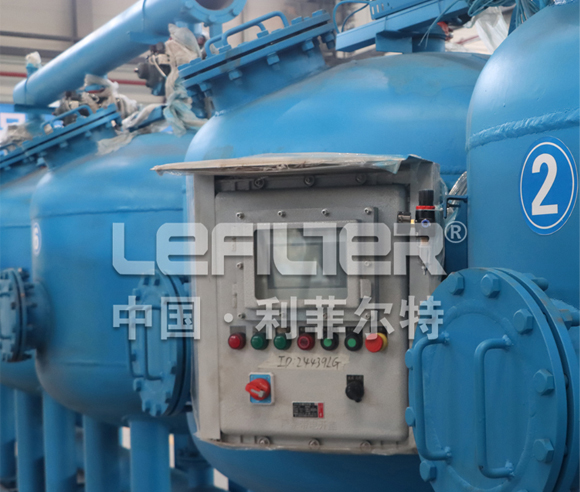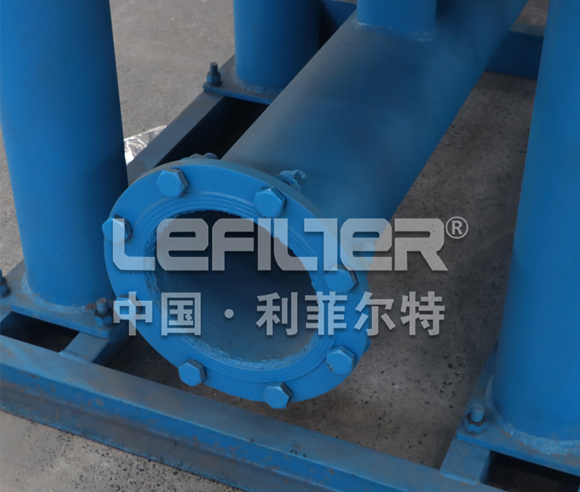Unveiling the Power of Multi-Media Filtration in Water Treatment
Water treatment is a critical process to ensure the provision of clean and safe water for various applications, and multi-media filtration stands out as a versatile and effective technology in this regard. This article delves into the intricacies of multi-media filters, their composition, and their indispensable role in water treatment systems.
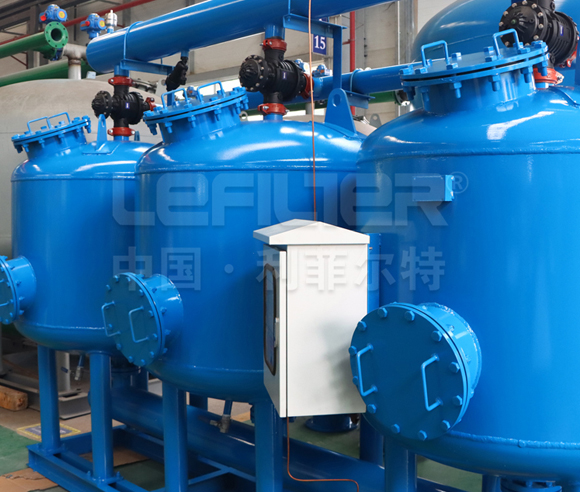
1. Understanding Multi-Media Filtration: A Comprehensive Approach
Multi-media filtration, often referred to as multi-layer filtration, employs a layered approach to remove impurities and particles from water. Unlike single-media filters, multi-media filters utilize a combination of different materials in distinct layers, each serving a specific purpose in the filtration process.
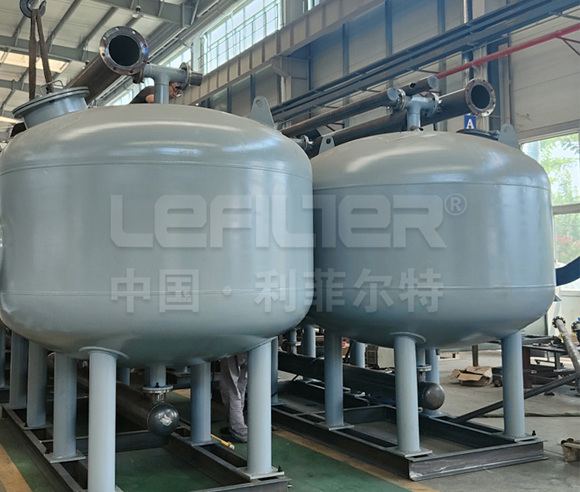
2. The Composition of Multi-Media Filters: Layers of Efficiency
Multi-media filter systems typically consist of layers of various media, each with unique characteristics contributing to the overall effectiveness of the filtration process. Common media used in these filters include:
Anthracite: Positioned as the top layer, anthracite serves as a coarse filter, removing larger particles and debris from the water. Its high density and hardness make it an excellent first line of defense in the filtration process.
Sand: Positioned beneath the anthracite layer, sand acts as a finer filter, capturing smaller particles that may have passed through the anthracite layer. Sand filtration enhances the clarity of the water and improves the efficiency of subsequent treatment stages.
Garnet: Placed at the bottom, garnet serves as the final layer, providing fine filtration to capture the smallest particles. Garnet ensures that the treated water meets stringent quality standards before distribution.
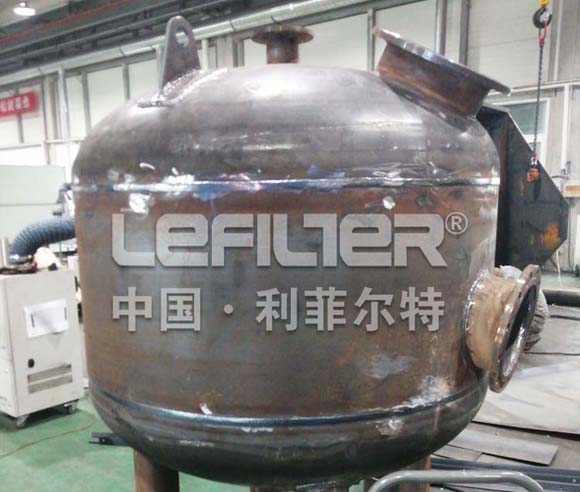
3. Operational Mechanism of Multi-Media Filters: A Sequential Process
The operation of multi-media filters involves a sequential process that optimizes the removal of impurities:
Coarse Filtration: Water initially passes through the anthracite layer, where larger particles are trapped, preventing them from progressing further into the filtration system.
Intermediate Filtration: The water then moves through the sand layer, where finer particles are captured. This stage significantly improves water clarity, setting the stage for the final filtration phase.
Fine Filtration: The garnet layer acts as the final checkpoint, capturing the smallest particles and ensuring the production of high-quality, clarified water ready for distribution or subsequent treatment steps.

4. Advantages of Multi-Media Filtration: A Holistic Approach
Multi-media filtration systems offer several advantages in water treatment:
Versatility: The ability to use different media in layers allows multi-media filters to adapt to diverse water treatment challenges, making them suitable for various applications, including municipal water treatment, industrial processes, and wastewater treatment.
Efficiency: The layered approach enhances filtration efficiency by progressively removing particles of varying sizes. This ensures that the treated water meets or exceeds desired quality standards.
Longer Filter Life: The sequential arrangement of media layers prevents premature clogging, leading to longer filter life and reduced maintenance requirements compared to single-layer filters.
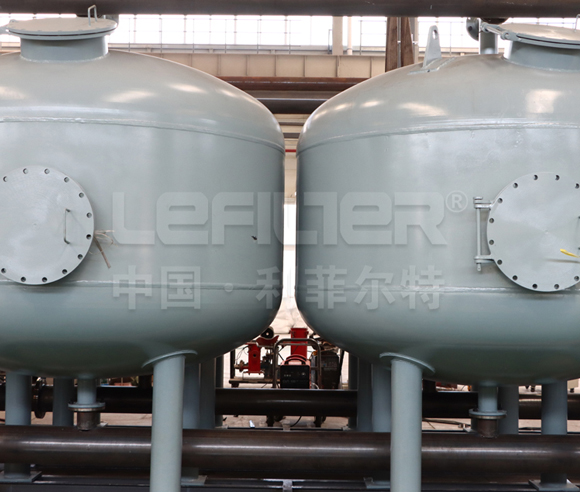
5. Applications of Multi-Media Filtration: Addressing Diverse Water Treatment Needs
Multi-media filtration finds application in a wide range of scenarios:
Municipal Water Treatment: Multi-media filters are instrumental in producing potable water for communities, ensuring that residents have access to clean and safe drinking water.
Industrial Processes: Industries leverage multi-media filtration to treat water for various processes, such as cooling water systems, ensuring the longevity and efficiency of equipment.
Wastewater Treatment: In wastewater treatment plants, multi-media filters play a crucial role in removing impurities before discharging treated water back into the environment.

Conclusion: Multi-Media Filtration - A Pillar of Modern Water Treatment
As demands for clean water continue to rise, the role of multi-media filtration in water treatment becomes increasingly pivotal. Its versatility, efficiency, and adaptability to diverse applications make multi-media filtration a cornerstone of modern water treatment systems. Embracing this technology ensures that communities, industries, and ecosystems benefit from the provision of high-quality water, paving the way for a sustainable and resilient water future.






